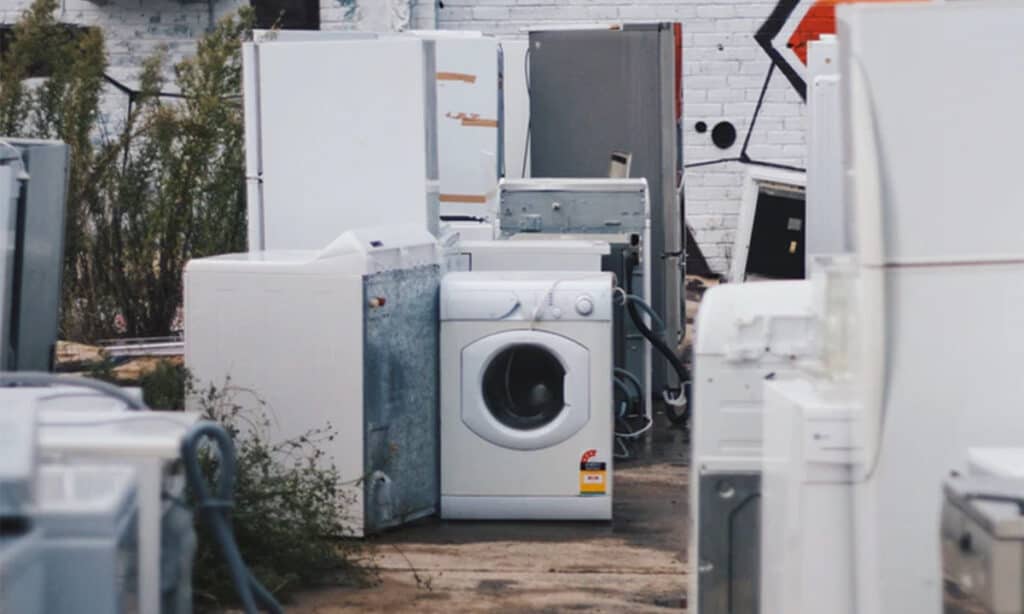
Most people buy used appliances to save money, while others do it as a way to help save the environment. No matter your reason, this could be a wise move as long as you do it with caution. Besides, there’s no telling what treasures you’ll find if you know where to look.
Appliance experts agree that it is better to replace a broken item than to have it repaired if the cost of repair is more than half the price of the replacement (including delivery/installation fees). So if you are considering buying a used (or slightly damaged) home appliance, check out these tips first.
Most online marketplaces may not be a good idea. Instead, check used appliance stores and even the mall’s home section for slightly damaged/dented items that are on sale. For purchases like this, it is always best to visit the stores and inspect the appliances yourself. Furthermore, you can be sure that you’ll get warranty coverage, which is very important. (Note: Read the warranty carefully and obtain a physical copy of this paper.)
Choose reliable brands and not-so-old items. Even if they are not the latest models, at least you can spare yourself some trouble eventually. Appliances that are more than 15 to 20 years old are generally not a good buy, so steer clear of those.
Do your research. Make sure you know what you are looking for, including features, current prices, possible problems, and repair options. Your research must include reading through customer reviews, too — reviews of both the item and the store you are buying from.
Once you find something you like, ask thorough questions. Find out from the salesman all the issues regarding the second-hand item: what has been replaced or repaired, what damages are there, etc. When you’ve asked all your questions, ask to test the item and check all parts if they are working and complete.
Negotiate the price. Some of the bigger stores will insist on the price tag but if you are buying from a local repair shop or a smaller used appliance shop, you might be able to lower the price a bit more.
Regarding stickers and model/serial numbers. The manufacturer’s sticker usually carries the serial number and model number of the item you plan to buy. You could do a quick check on whether it’s been included in a safety recall. It is risky to purchase an item without a model number and serial sticker. You will probably find the manufacturing date on the sticker — this serves as a guide to know how many good years the item is likely to have left.
The manual is important. Used appliances seldom come with manuals, but check if it’s available online, on the manufacturer’s website. Before closing the deal, you can check the manual to make sure the needed parts are complete.
Article and Photo originally posted by Property Report Ph last May 21, 2021 and written by Aimee Morales.







More Stories
Weekend wanderer: This walk in Manila is a trip to art and to our past
Enjoy no-frills camping in the great outdoors in Tanay
Landco Pacific raises the bar for premium resort and leisure living